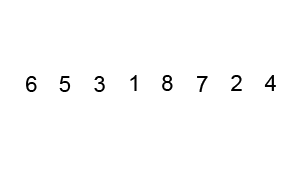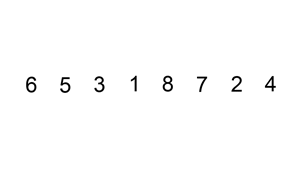Here we go for the second lesson of japanese that we've gone through today. We've seen the "sister hiragana" wich is just like the normal hiragana but we add a small letter beside our letter wich changes the sound for example : き(ki) becomes きゃ(kya) or きゅ(kyu) or きょ(kyo) that all, isn't it easy :p ?
^^! you may be asking yourself : "But what is the difference between this きゃ(kya) and this きや(kiya) ?"
it's true that they seem almost the same, it's just that the first one is pronounced in one syllable the second one in two times, and the thing that is incredible in this, is that this sound can change the whole meaning for example :
じ
ゅう (jyuu) : ten & じ
ゆう (jiyuu) : freedom
ひ
ゃく (hyaku) : one hundred & ひ
やく (hiyaku) : jump
|び
ょ|う
|い
|ん
| (byouin) : hospital &
|び
|よ|う
|い
|ん
| (biyouin) : beauty salon
| 1 |2 | 3 | 4 | | 1 |2 | 3| 4 | 5 |
(Note: there a real difference in
size if you take a good look at it, and also the diffrence in
syllables shown in the last example)
So confusing i know, but don't worry, i m just as confused as you ^^!
Let's see now some new letters called "katakana" wich are like "hiragana" but used for specific things like : names, sports, countries.... both of hiragana and katakana were issued from "kanji" (something we'll see in futur lesson with god's willing) you can check wikipedia for more information about that. Most important things we need to know is the order of writing a letter, in those two pictures you can see exactly how to write each letter :
Hiragana : (that we've seen in the first lesson but this time try to focus on the order of writing it's important)
Katakana : (^^....again something we need to learn by heart :p and again you need to learn the order of writing as shown in the picture)
Let's see now some (or many i should say) examples of words written in katakana :
ケ
ーク (ke
~ku) : cake (this symbol ー means u need to lengthen the letter and say ke
eku not keku)
アイスクリーム (aisu kuri~mu) : ice cream
コーヒー (co~hi~) : coffee (but read
hii and not
fee like english !)
ス
ポーツ (supo~tsu) : sport (not the use of
brother katakana)
サッカー (sa??ka~) : football (soccer) (there's a use of a sister katakana... but i'm not really sure about it...?)
テニス (tenisu) : tennis
ライオン(raion) : lion
スパイン (supain) : Spain
ロシア (roshia) : Russia
イタリー (itari~) : Italy
フランス (furansu) : France
ラバト (rabato) : Rabat
anyway, i think it's going to be enough for the moment, we'll see more things after, i hope you found this course interesting...if you have some advices or critics or.. anything that could help me improve what i'm doing just tell it to me, either in private or by commenting. Thank you for reading see you next time with new things with god's willing....



